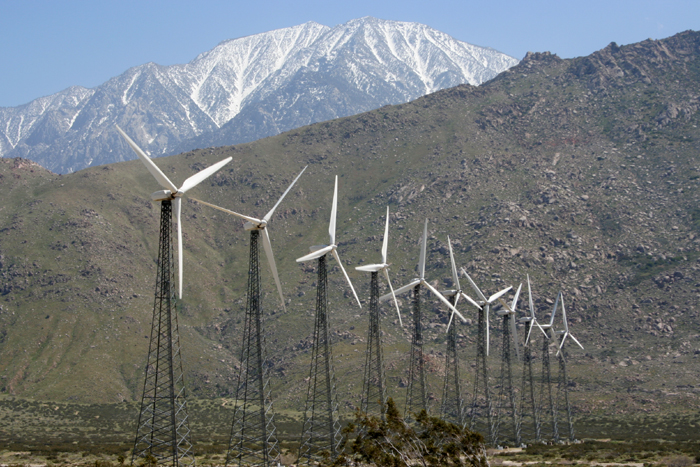 The Sierra Club launched a national ad campaign in mid-June, urging Congress to reauthorize a critical incentive for domestic wind energy investments. The effort focuses on members of Congress with wind manufacturing jobs in their districts, and states that are at risk if the Wind Production Tax Credit is not renewed.
The Sierra Club launched a national ad campaign in mid-June, urging Congress to reauthorize a critical incentive for domestic wind energy investments. The effort focuses on members of Congress with wind manufacturing jobs in their districts, and states that are at risk if the Wind Production Tax Credit is not renewed.
The first wave of ads targets 20 House members who have been silent as the tax credit expired. It involves a television ad targeting Congressman Tim Walberg (R-Michigan) that aired more than 5,000 times throughout June on broadcast and cable channels in his district. Geo-targeted online ads calling out 20 other representatives will run at least through June on local and national news sites.
The Wind Production Tax Credit expired at the end of 2013, in part because of new opposition from groups backed by the billionaire Koch Brothers and other dirty fuels interests who’ve also fought to preserve the $4 billion in annual tax breaks for the oil and gas industry.
“The Wind Production Tax credit is arguably one of the best bets we’ve made on clean, domestic energy,” said Dave Hamilton, Director of Clean Energy for Sierra Club’s Beyond Coal campaign. “It encourages huge investments, creates good American jobs, helps our country become more energy independent, and cuts air and water pollution. But many in Congress are failing to act, leaving thousands of American workers and communities across the country blowing in the wind.”
The wind industry employs more than 80,000 American workers and produces enough clean energy to power 15 million homes. It saves more than 30 billion gallons of fresh water each year compared with other energy sources. According to the American Wind Energy Association, if growth remains steady, the industry will produce 20 percent of America’s electricity by 2030.
“For wind in America’s heartland, the sky’s the limit,” explained Mary Anne Hitt, Director of Sierra Club’s Beyond Coal campaign. “Wind energy has created tens of thousands of good-paying, family-sustaining jobs, and has the potential to create tens of thousands more -- all while generating enough clean energy to more than meet our nation’s electricity needs.”
Until 2012, the U.S. wind energy industry averaged more than $15 billion in new investment annually, and the cost of wind energy dropped 43 percent from 2008 to 2012. Wind was America’s fastest-growing source of new electrical capacity in 2012. Uncertainty created by the tax credit’s expiration, however, slowed new investment and growth for the industry since 2012.
In April, the Senate Finance Committee approved a package of extenders that included the wind tax credit. Movement has since stalled in the Senate, and The House Ways and Means Committee failed to include an extension of the wind tax credit in a similar package in May.